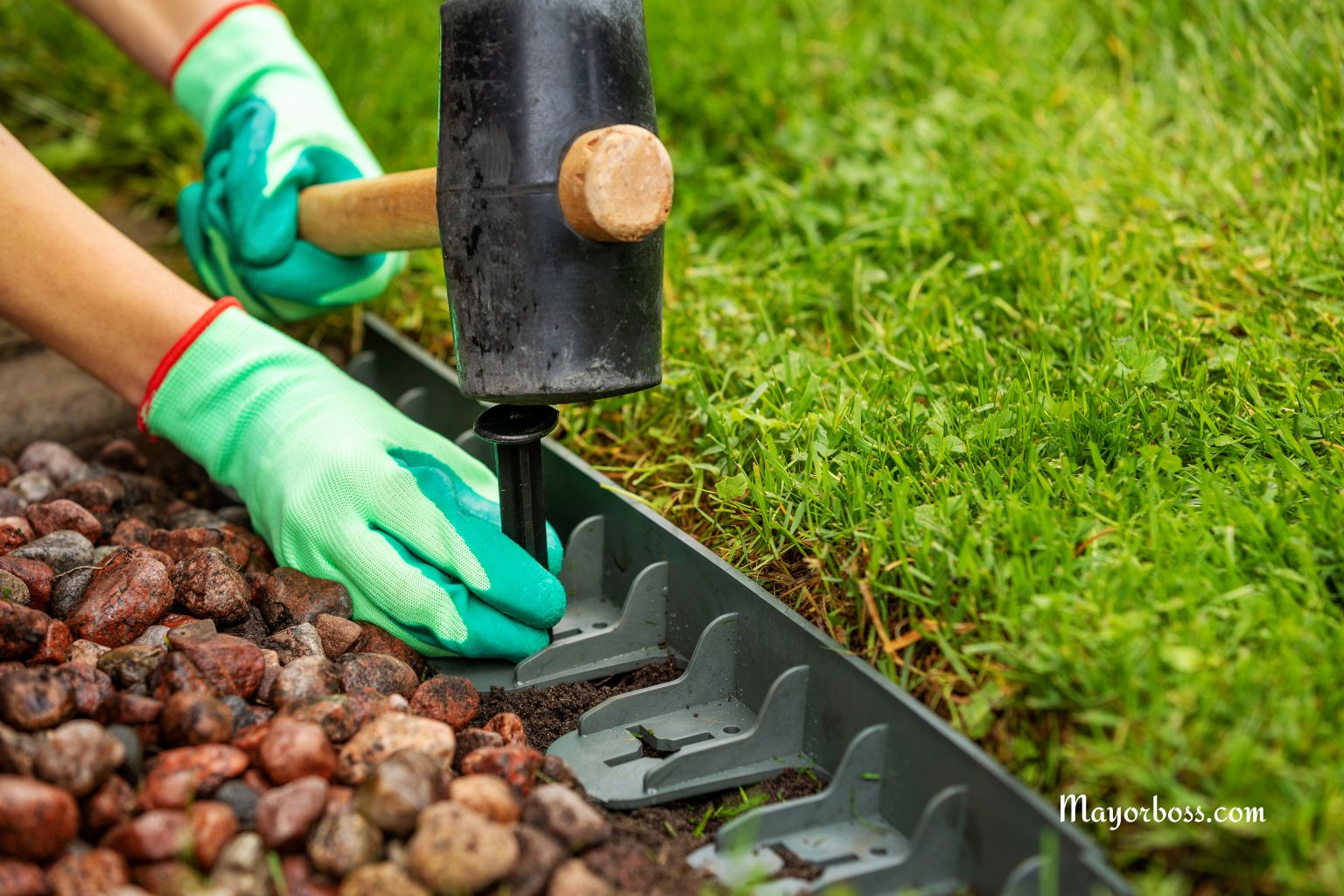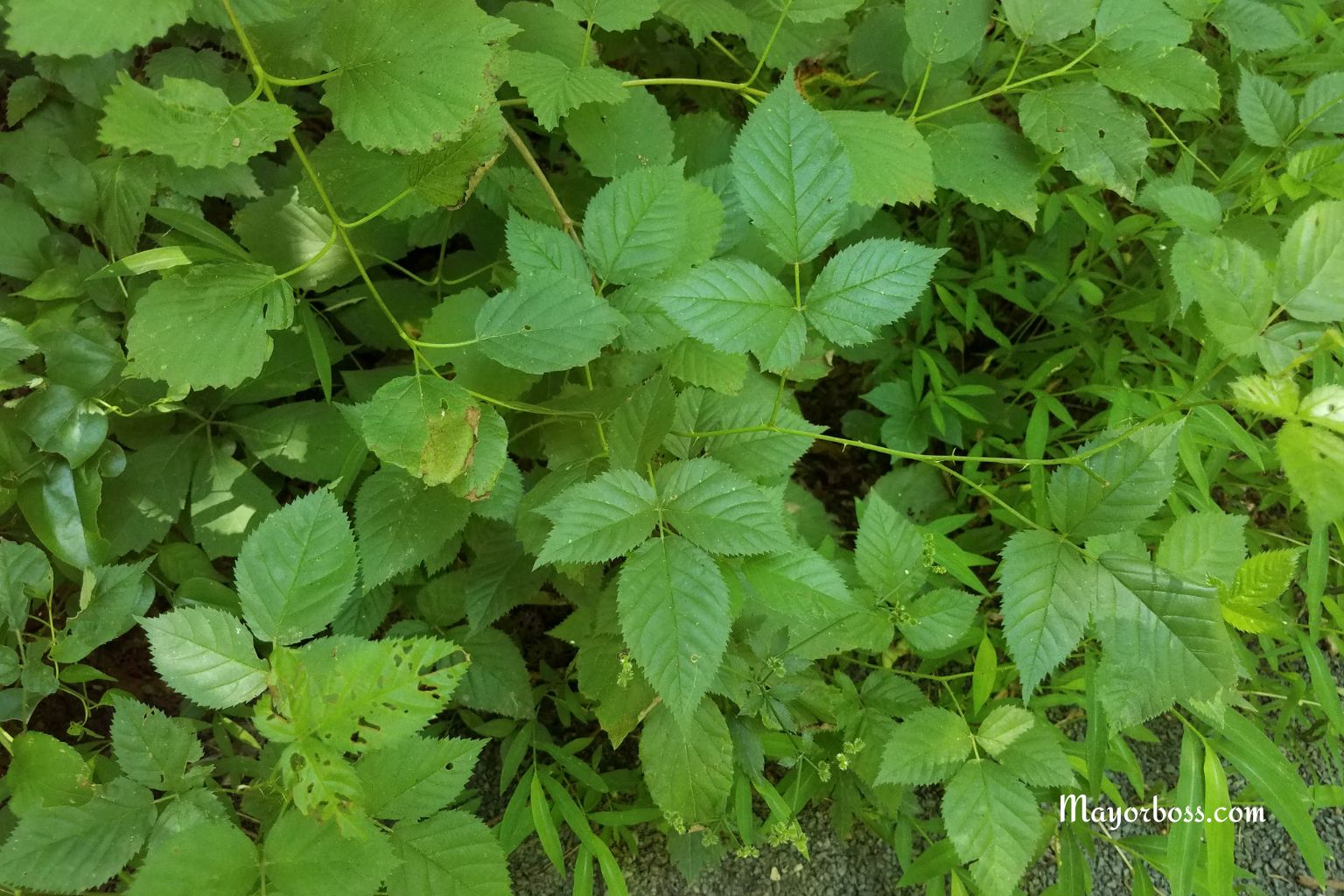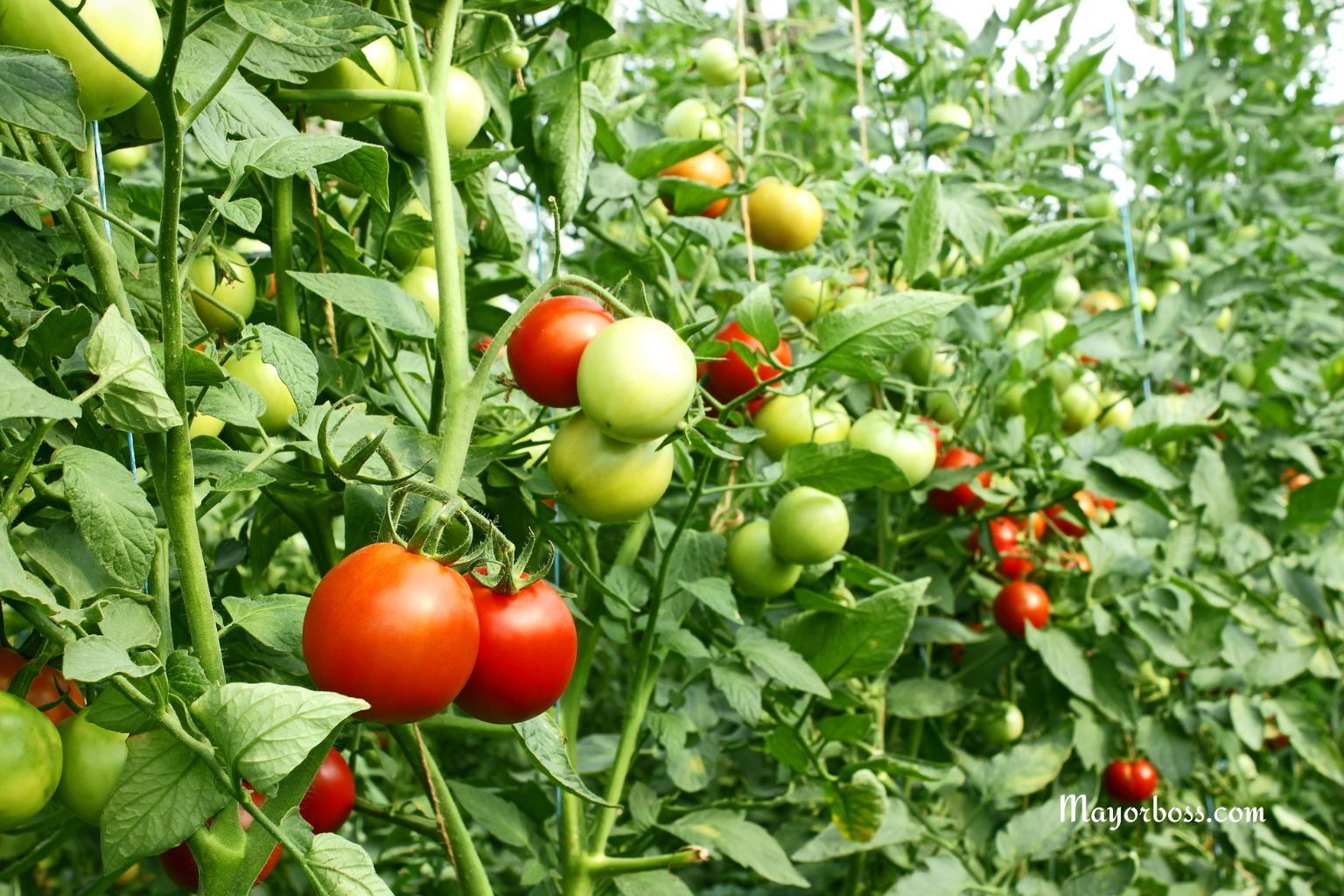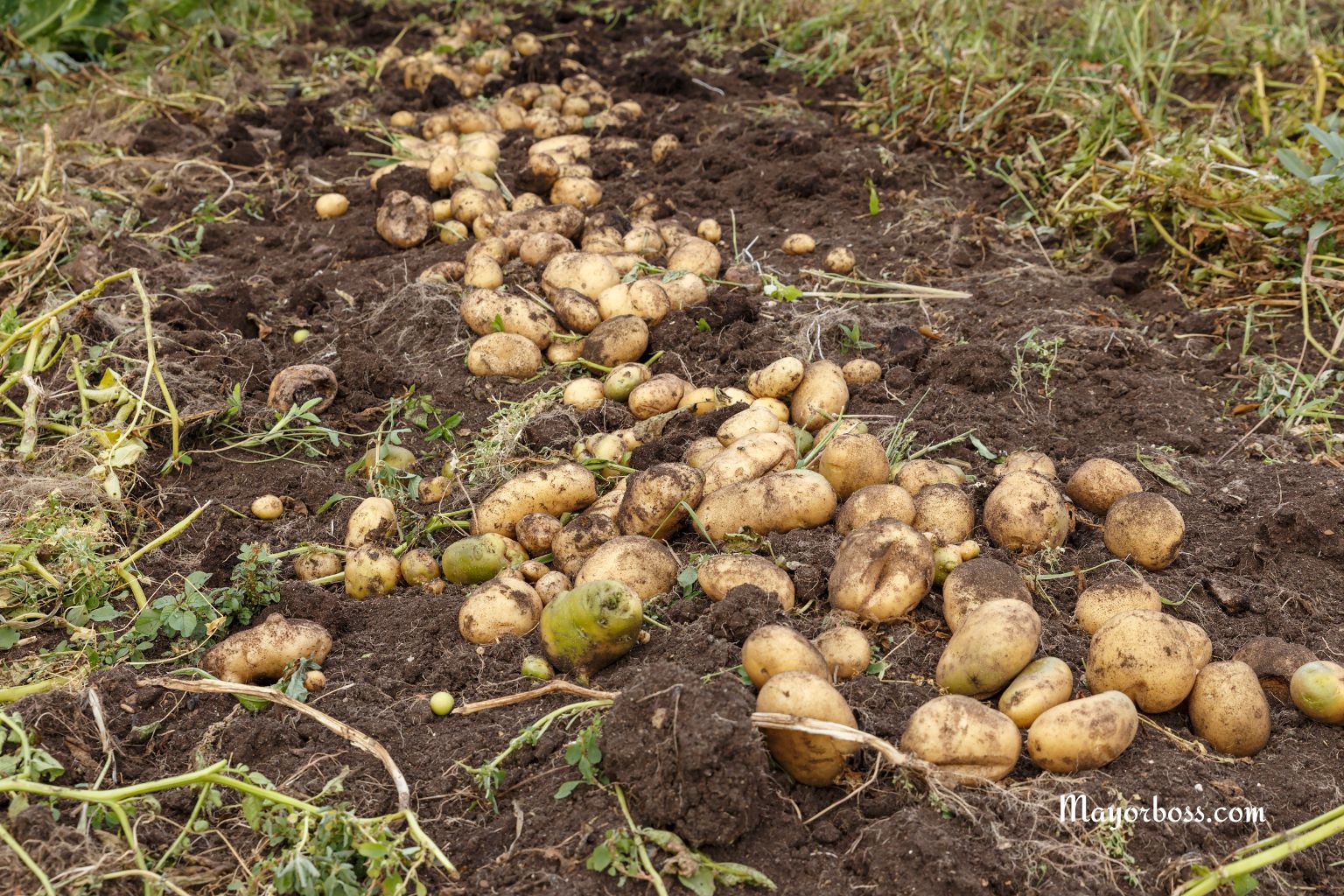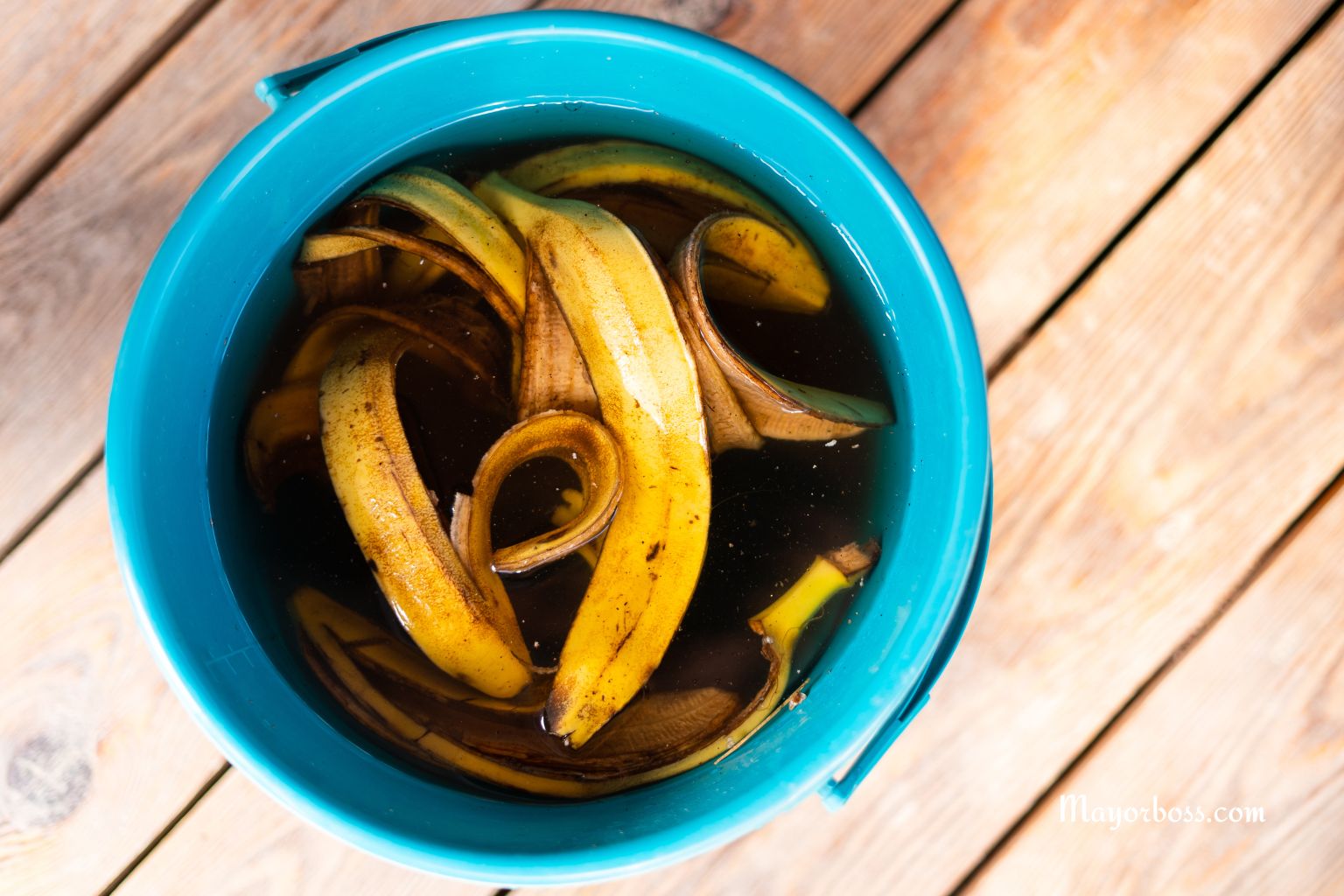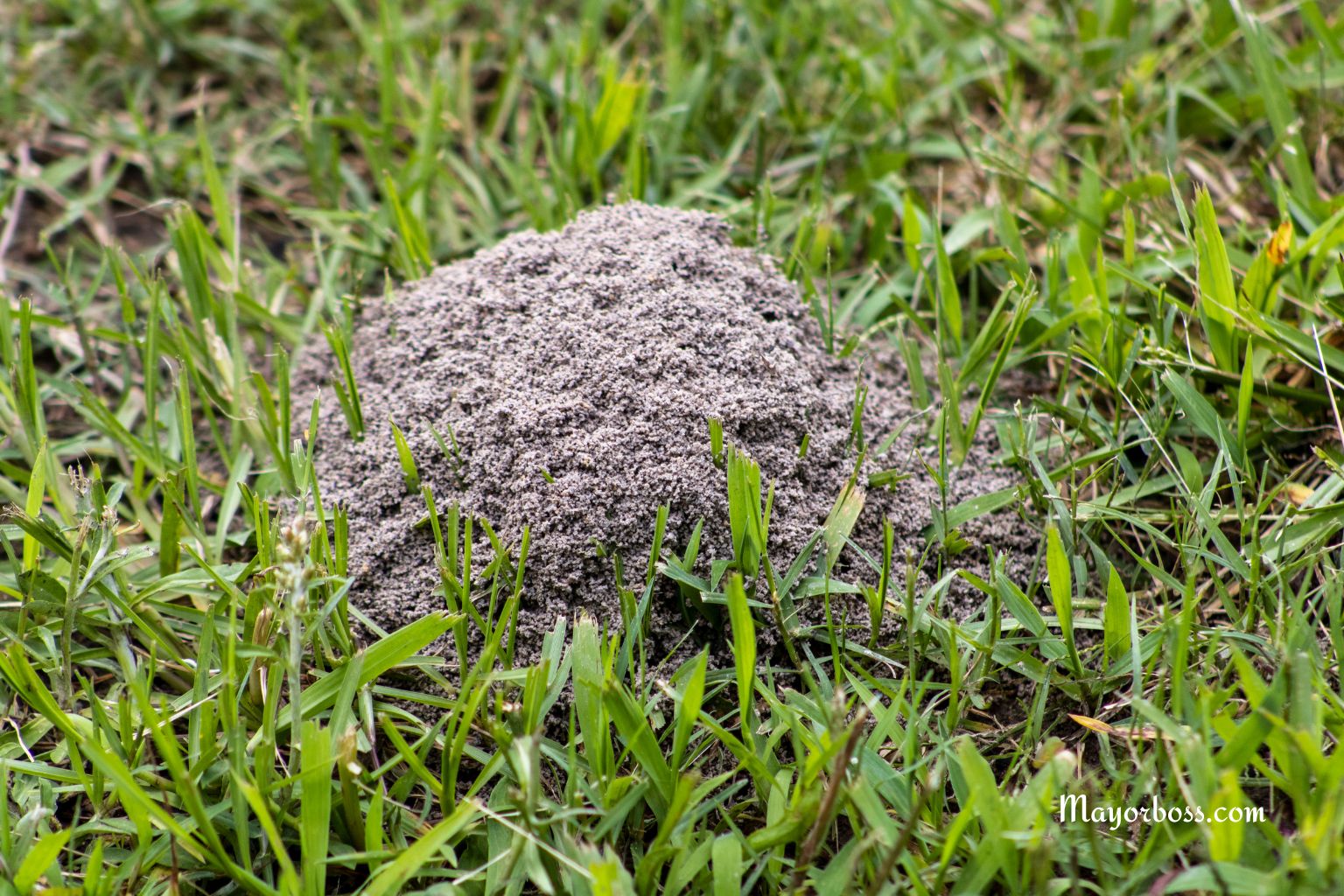Don’t Let the Heat Kill Your Container Plants – Here’s How Often You Need to Be Watering Them
During hot weather, give most container plants a deep drink each morning until water runs from the drainage holes. Check again in late afternoon. Small pots, hanging baskets, and fast growers often need a second watering. Large containers with moisture-retentive mix can last 24 to 36 hours, yet still inspect soil each day.
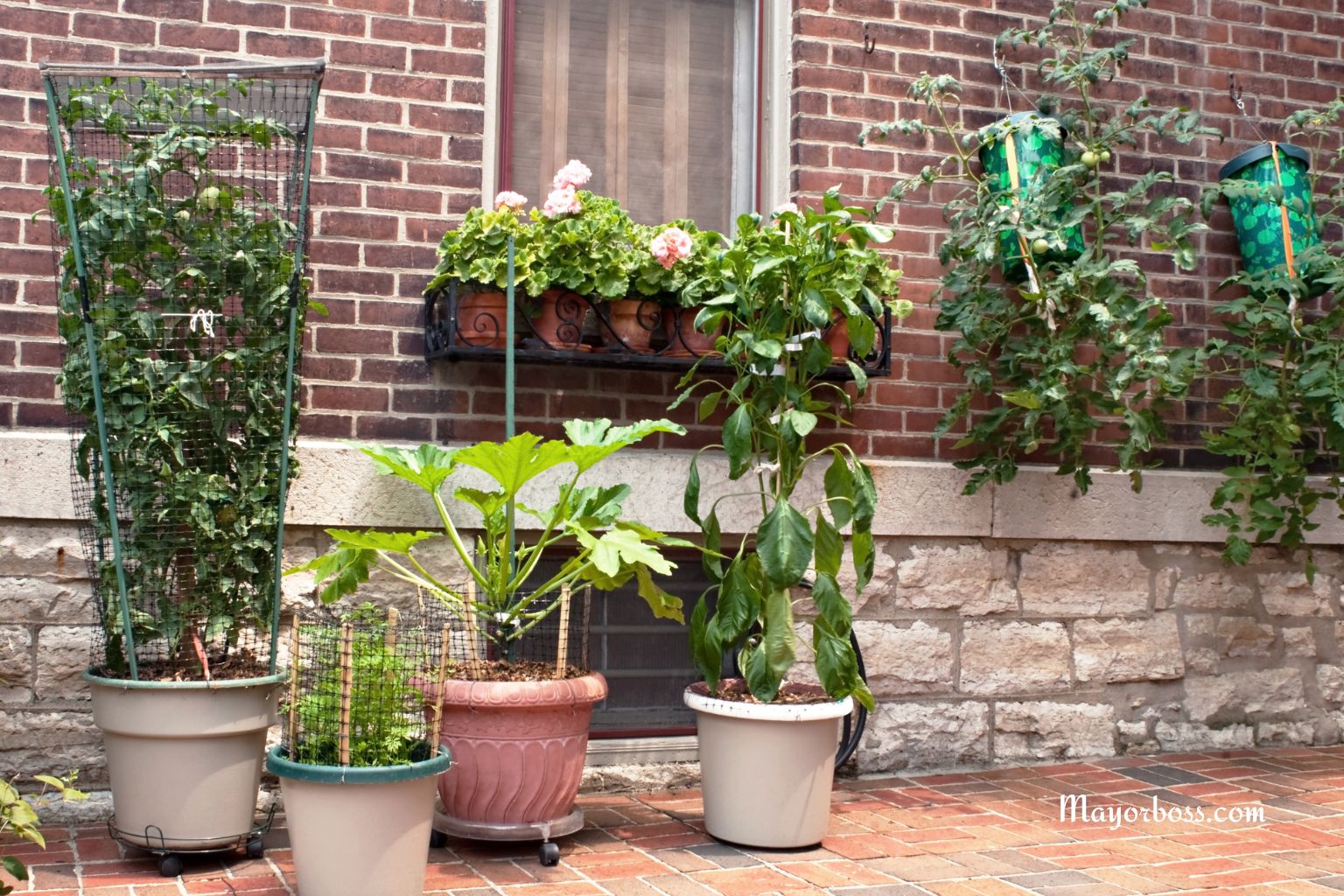
Why does heat dry pots so fast?
Pots hold a small volume of mix. Sun, wind, and hot air pull water out quickly. Roots touch the warm container wall, so stress arrives sooner than in garden soil. A steady routine plus daily checks keeps plants safe through a heatwave.
The core schedule during a heatwave
Each morning, water until you see a steady stream from the bottom. Pause one minute, then give a short second pour to saturate the root ball. This reaches deep roots and prevents shallow growth.
Late afternoon, test the soil. If it feels dry, two knuckles down, water again. If it feels cool and slightly damp, wait until morning.
How often to water based on pot size
- 6 to 8–inch pots: Often twice daily during 32 to 38 °C heat, especially for annual flowers and herbs.
- 10 to 12-inch pots: Deep soak each morning. A second light watering may be needed for tomatoes, peppers, and petunias.
- 14 to 16–inch pots: Usually once each day in strong heat. On milder days, the evening check may not require water.
- 18 to 24 inch pots: Every 24 to 36 hours in heat, yet confirm with a daily soil check.
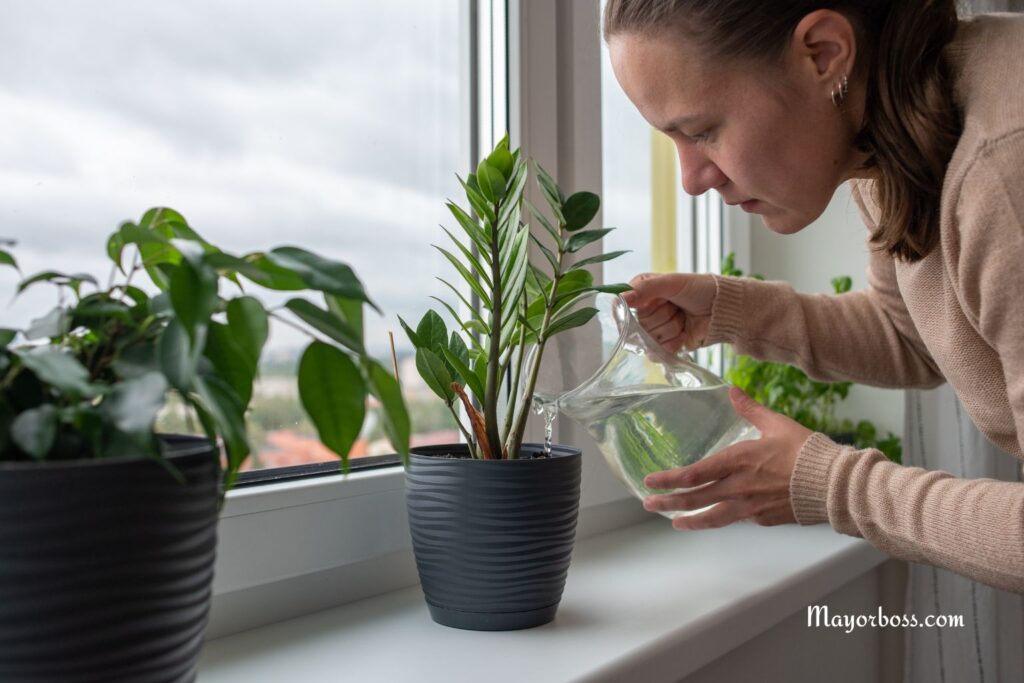
Plant type and thirst
Some plants drink more:
- Heavy drinkers: Tomatoes, peppers, cucumbers, basil, mint, petunias, calibrachoa. These often need a morning plus an afternoon top-up during extreme heat.
- Moderate: Geraniums, begonias, and coleus. Usually, daily in the heat.
- Low need: Rosemary, lavender, succulents, cacti. In hot weather, water when the top few centimeters feel dry and the pot feels light.
The finger test and the lift test
Press a finger into the mix to the second knuckle. Dry and warm means water now. Cool and slightly damp means you can wait. Lift the pot as well. A well-watered container feels noticeably heavier. In a few days, your hands will learn the difference.
How much water each time
Water until you see flow from the drainage holes. Wait a moment, then repeat. That second pass eliminates dry pockets around roots. Aim for a little extra to drain through, around ten to twenty percent. Empty saucers after twenty to thirty minutes so roots do not sit in stagnant water.
Ideal time for watering
Early morning protects roots during the hottest hours and limits evaporation. Leaves dry soon after sunrise, which lowers the risk of fungal issues. If a plant wilts late day, water it then as well. Do not delay until the next morning if stress is present.
Potting mix and moisture
A quality container mix with peat or coco coir holds moisture yet drains well. Perlite or bark pieces create air gaps that keep roots supplied with oxygen. During peak heat, mixing in a small amount of water-holding crystals or adding composted bark on the surface can extend moisture. Avoid heavy garden soil in pots. It compacts, stays soggy at the center, and limits air around roots.
Mulch for cooler roots
A three to five centimeter layer of fine bark, straw, or decorative pebbles slows evaporation and keeps soil cooler. Leave a narrow gap around the stem to prevent rot.
Shade and airflow
Afternoon shade protects foliage and reduces scorch. Move pots to catch shade from a wall or a taller plant. A light shade cloth lowers sun intensity while growth continues. Grouping containers raises local humidity and lowers stress.
Helpful watering tools
- Self-watering containers: Fill the reservoir each morning during the heat. Check the indicator or feel the fill port to confirm it is not empty.
- Drip spikes or slow-release bottles: These keep moisture steady for small pots and hanging baskets.
- Moisture meter: Useful for deep pots that hide dry zones. Calibrate with your finger test so readings match real conditions.
- Hose with a wand: A gentle shower head gives even coverage without blasting soil away.
Signs you need to adjust
- Underwatering: Wilting that improves soon after watering, crispy edges, dull color, soil pulling from the pot wall, very light pot.
- Overwatering: Yellowing leaves that feel soft, fungus gnats, sour smell, green algae on soil, a mix that stays wet for too long. If you see these, improve drainage, water less often, and let the top few centimeters dry before the next soak.
Notes for edible containers
Tomatoes, peppers, and cucumbers need even moisture. Irregular watering leads to blossom-end rot in tomatoes and bitter cucumbers. Keep a steady morning routine, mulch the surface, and use a larger pot so roots have room and moisture stays stable. Feed at half strength during heat, and apply fertilizer after watering so salts do not burn roots.
Quick rescue plan for heat-stressed plants
Move the plant to bright shade. Remove spent flowers and any drooping lower leaves. Water until you see flow from the bottom. Wait, then water one more time. Mist the air around foliage, not the leaves. After sunset, return the plant to its usual spot if temperatures ease, or keep it shaded for a day while it recovers.
Simple checklist for the hottest weeks
FAQs
How can I tell I watered enough?
Soil should feel cool and evenly moist five to eight centimeters down, and the pot should feel heavier. A brief stream from the drainage holes confirms a full soak.
Is evening watering safe?
Yes, when a plant shows stress late day. Water the soil, not the leaves. Good airflow helps leaves dry soon after sunset.
Can I water every other day to save time?
During a heatwave, most containers need daily attention. Large pots may stretch to 24 to 36 hours, yet a quick daily check prevents sudden wilt.
Do self-watering pots remove the need for checks?
No. They reduce frequency, yet reservoirs empty faster during heat. Confirm the level each morning and refill as needed.
Should I add fertilizer during extreme heat?
Use a gentle, half-strength dose and only after a thorough watering. Strong feed on dry roots can burn tissue and worsen stress.

